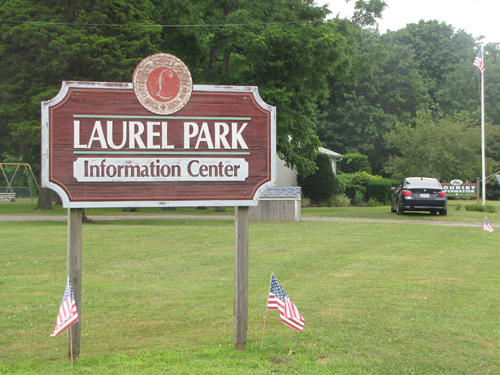Historic zone could be extended from Laurel to Orient

Southold Town’s Historic Preservation Commission hopes to add some of Southold’s oldest structures to the state Register of Historic Places — and eventually the national register — by extending the Route 25 historic corridor, which currently ends in Laurel, all the way out to Orient.
Richard Wines, chairman of Riverhead Town’s Historic Landmarks Commission, recently suggested the idea to the Southold commission. He recently headed up a similar project for buildings on Route 25 in downtown Riverhead.
For several years Mr. Wines has been working closely with the state’s office of Parks, Recreation and Historic Preservation to add six buildings there to the state register.
Mr. Wines said the state also expressed interest in including structures farther east on Route 25, across the Southold Town line. Jim Grathwohl, chairman of Southold’s commission, said he favors the approach and believes the designation will help further preserve the town’s historic treasures and help bolster tourism.
Mr. Grathwohl believes the register should include structures as far east as Orient Point.
“We are very enthused,” he said. “But it’s going to be a lot of work,”
The process begins with a great deal of research, Mr. Wines said. Each site of interest must be evaluated for its cultural or historic significance before the town can submit it for approval by the state. Structures must be at least 50 years old to qualify.
Once adopted into New York’s register, sites are nominated by the state for inclusion on the National Register of Historic Places, said Mr. Wines.
“It’s been a multi-year process,” he said. “Downtown Riverhead took several years. I’m sure this would be the same.”
Mr. Wines and Mr. Grathwohl agreed that the benefits make the project worth pursuing.
In addition to the honor of the designation itself, locations approved for inclusion on the National Register of Historic Places opens the door for tax benefits for those looking to restore the buildings. The certification can also offer protection from federally funded projects, Mr. Wines said. For instance, if a highway were to come through, the federal government would be required to take historic sites into account.
But unlike local historic district regulations, owners of buildings listed only on the national register are not subject to additional restrictions, Mr. Wines said. Only a minimal review would be required should the owner choose to tear down the structure, he said.
Both Mr. Wines and Mr. Grathwohl said they don’t have specific structures in mind to add to the historic register, but there are numerous possibilities.
“There are a whole string of historic homes and barns that would make a great addition to the registry,” Mr. Wines said.
The next step is to present the project to the Southold Town Board, Mr. Grathwohl said.








